Tennessee is known as the most biologically diverse inland state in the country. Part of what makes it so diverse is the many types of habitats, ecosystems, and species found throughout the state. More than 50% of the Tennessee landscape is forested—but not all forests are the same. Keep reading to learn about some common (and uncommon) forest types and where you can find them in Tennessee.
What is a Forest?
At its most basic definition, a forest is an area covered with trees. The Natural Resources Conservation Service defines a forest as having at least 10% tree cover by trees at least 13 feet tall at maturity. The other 90% of the area can contain several different habitat features, such as streams or patches of grassland, and still be considered a forest.
Forest Types
Today, approximately 14 million acres of Tennessee is forested. Most of that land is privately owned, but there is still more than 2.3 million acres of diverse public forestland for all to enjoy.
Oak-Hickory
The most common forest type in Tennessee is oak-hickory forest. These forests are typically found in drier, upland areas (at a higher elevation than floodplains) and are dominated by various oak and hickory tree species. Oak-hickory forests are common in Middle Tennessee and the eastern edge of West Tennessee, surrounding the Tennessee River.
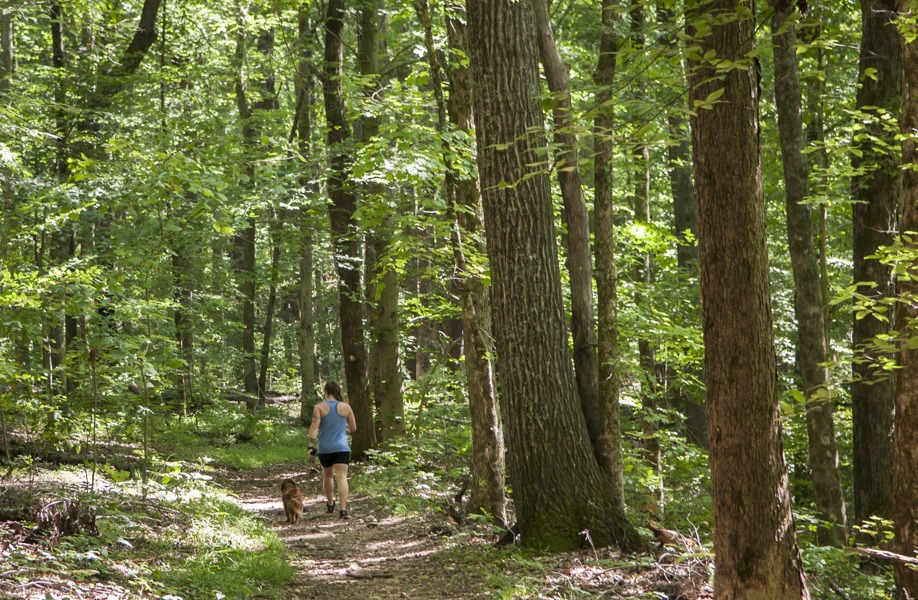
Where to find it: Montgomery Bell State Park, Natchez Trace State Forest, Stewart State Forest
Bottomland Hardwood
Along floodplains of major tributaries of the Mississippi River in West Tennessee are moist-soil landscapes known as bottomland hardwood forests. The composition of these forests is dependent on how often the area is inundated with water. Permanently flooded areas are typically characterized by bald cypress and water tupelo. Periodically flooded forests are dominated by red maple, sweetgum, and several species of oak that are more tolerant of water.
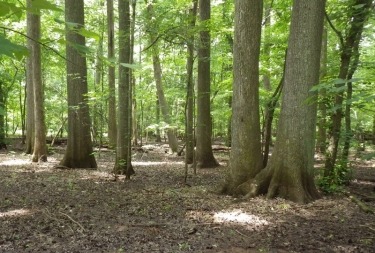
Where to find it: Big Cypress Tree State Natural Area, John Tully State Forest
Mixed Hardwoods
Pine trees, as well as certain species of oak, are most well-adapted to the dry, rocky soils of East Tennessee. The most common native pine tree species are shortleaf, Virginia, and eastern white pine. Middle elevations of the mountains also commonly contain a mix of oak species, particularly chestnut oak, among the pines.
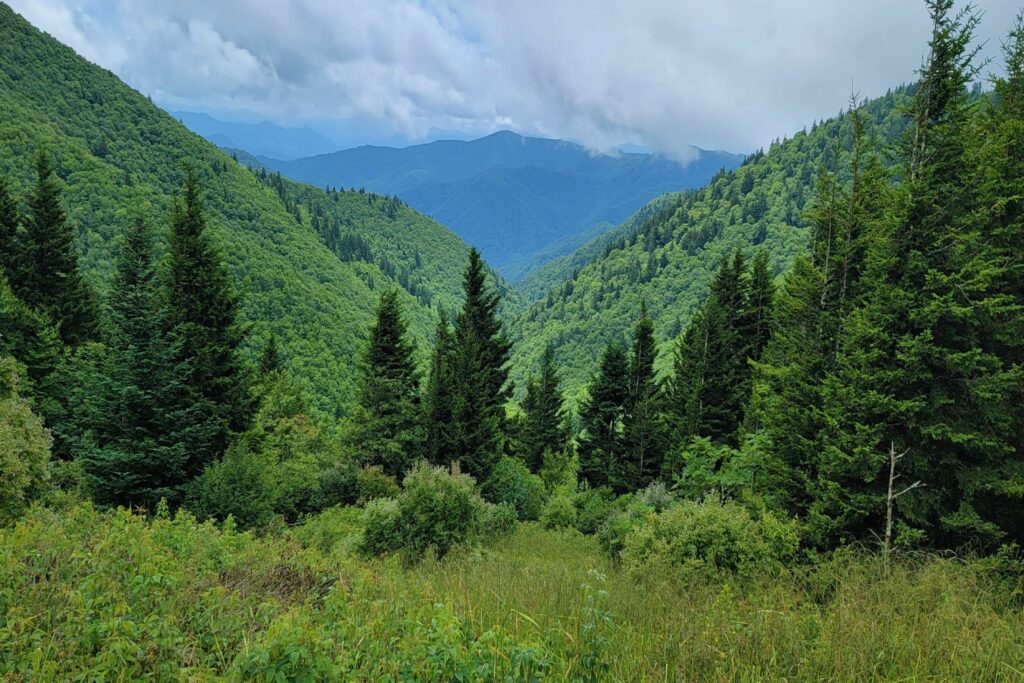
Where to find it: Bledsoe State Forest, Pickett State Forest
Mixed Mesophytic
On lower mountain slopes and valleys of East Tennessee are two unique types of forests. Mesic hardwood forests are characterized by significant plant and wildlife biodiversity. Dominant tree species typically include a mixture of oaks, tulip poplar, chestnut, maples, and beech.
Cove hardwoods are a subset of mesic hardwoods characterized by highly fertile soils. Acidic cove forests are found slightly higher on mountain slopes, adjacent to rocky habitat, and contain acid-tolerant trees such as red maple and eastern hemlock. Rich cove forests are found at the base of slopes, where soil is more moist, and contain trees such as buckeye, white ash, and basswood.
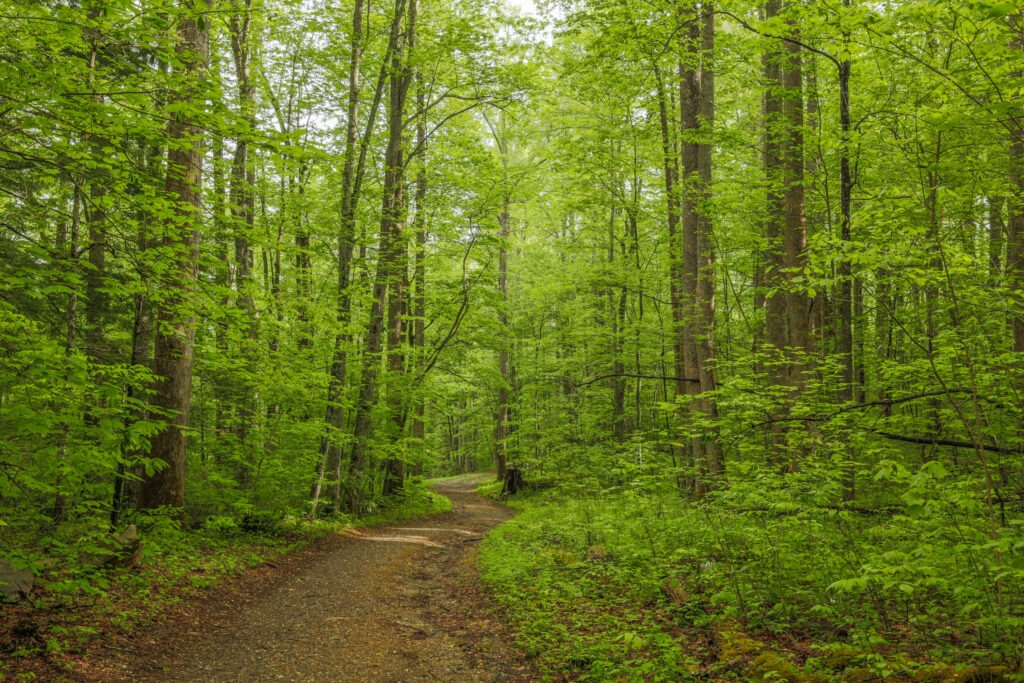
Where to find it: Martha Sundquist State Forest
Redcedar
One of Tennessee’s most unique ecosystems is the limestone cedar glades of Middle Tennessee. These forests are composed primarily of eastern redcedar along with other mixed hardwoods that can grow on the dry, limestone soils. Caves, sinkholes, and underground drainages are common in these habitats.
Where to find it: Cedars of Lebanon State Forest
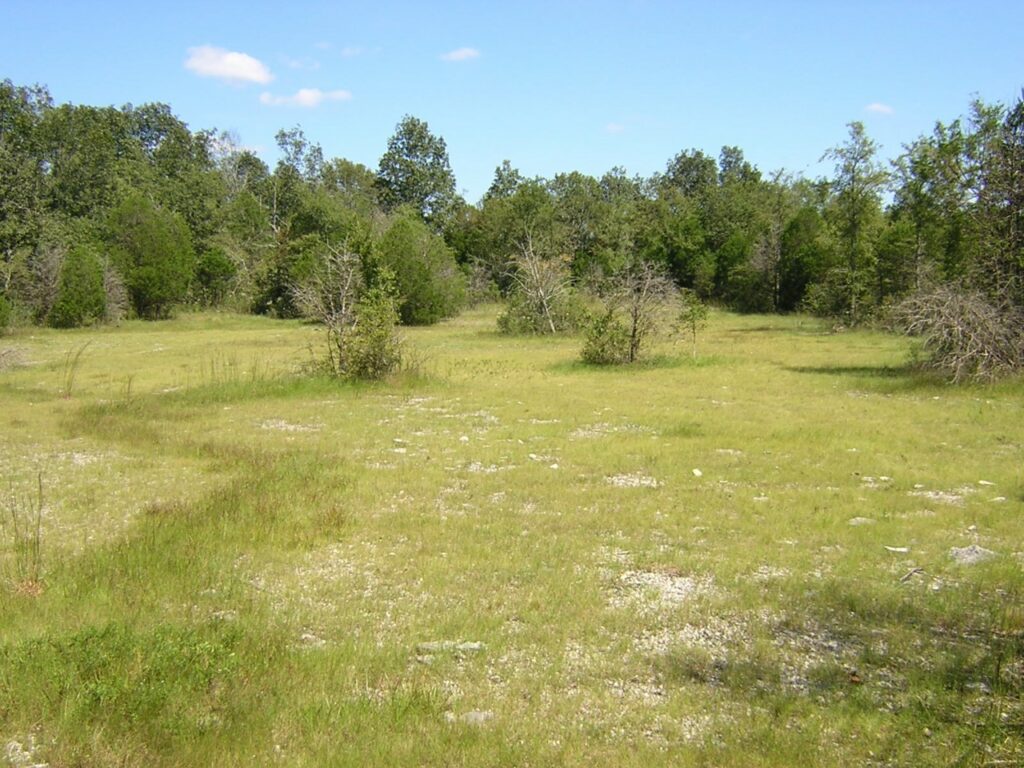
Sources:
- Barnett, Dwight. (1999). Behind the Wall of Green. Tennessee Department of Agriculture, Division of Forestry. Link
- Natural Resources Conservation Service. (n.d.). Forestry. United States Department of Agriculture. Retrieved April 4, 2024. Link
- Northern Colorado Plateau Inventory & Monitoring. (2022). Upland Vegetation and Soils. National Park Service. Retrieved April 4, 2024. Link
- Tennessee Department of Agriculture. (n.d.-a). Forests. Retrieved April 4, 2024. Link
- Tennessee Department of Agriculture. (n.d.-b). State Forests. Retrieved April 4, 2024. Link
- Tennessee Department of Agriculture. (2010). Tennessee Forest Resources Assessment and Strategy: Forest Resource Conditions. Link
- Tennessee Division of Forestry. (2024). Landscape Management Plan. Tennessee Department of Agriculture. Link
- United States Geological Survey. (n.d.). Ecoregions of Tennessee. Link




